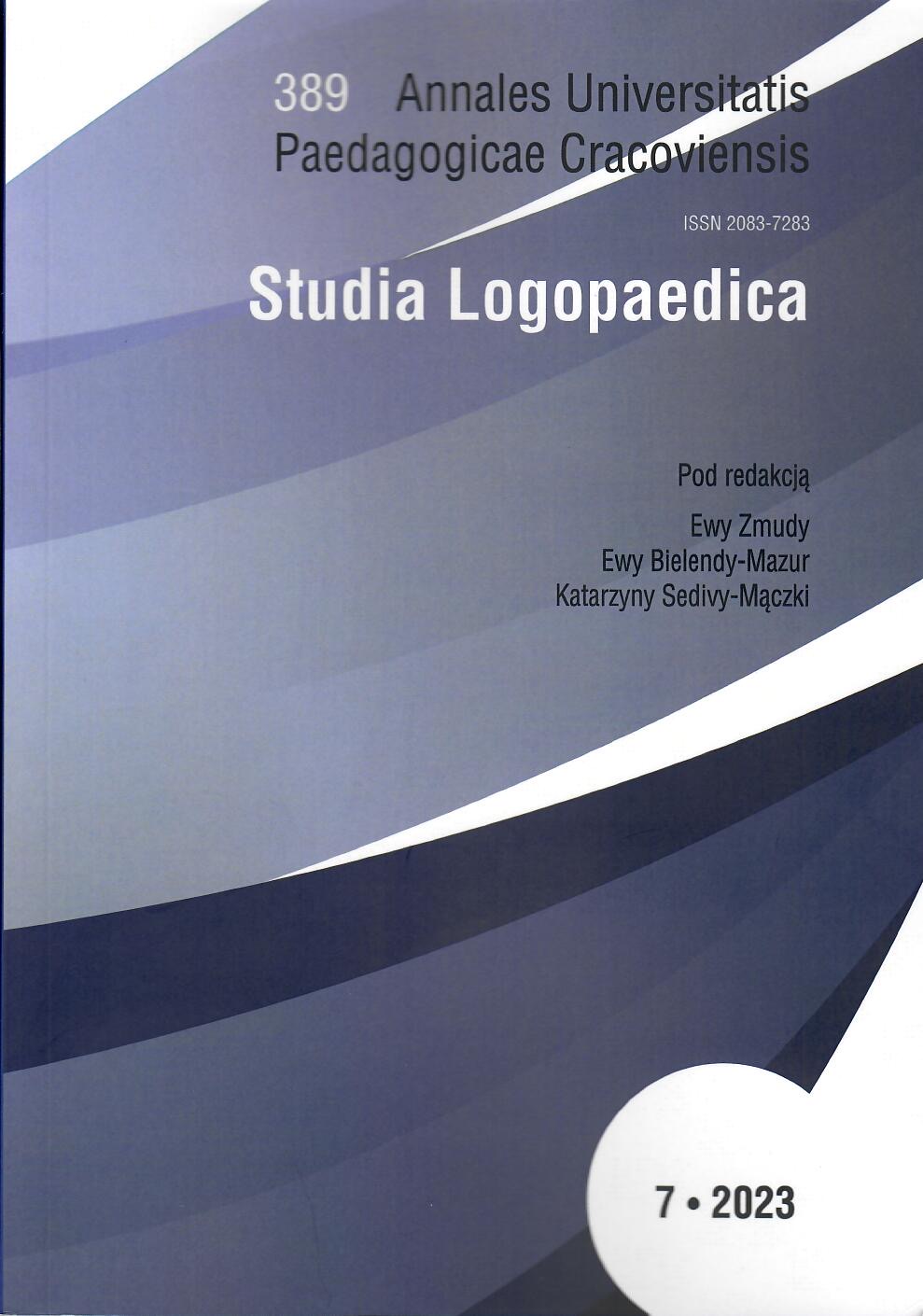Symptoms of functional disorders of the masticatory system based on patients’ self-diagnosis
DOI:
https://doi.org/10.24917/20837283.7.1Keywords:
temporomandibular joint, masticatory apparatus, functional disorders of the masticatory systemAbstract
An increasing number of people are struggling with functional disorders of the masticatory musculoskeletal system. The symptoms faced by patients vary in nature, and due to the their localization (stomatognathic system) can lead to dysfunction of the individual in the form of failure to meet basic needs of life, such as food intake, free interpersonal contact. The purpose of this article is to present the symptoms of disorders of the masticatory organ realized by patients.
Seventy‑five patients participated in the study and were asked to fill out the personal form (Axis I) of the Research Diagnostic Criteria for Functional Disorders of the Masticatory System.
Symptoms of functional disorders of the musculoskeletal system of the masticatory system were manifested in the subjects participating in the study with the following frequency: bruxism was present in 28% of the subjects; acoustic symptoms in the temporomandibular joint area were manifested by 20% of the subjects; headache appeared in 13% of the respondents; 12% of the patients struggled with murmurs or ringing in the ears; occlusal discomfort was reported by 10% of the subjects; 9% of the respondents indicated a limitation in mandibular retraction; pain and numbness in the facial region occurred in 8% of the subjects.
Conclusion: complaints occurring in the head and face area, can be distressing for patients, and therefore affect the quality of life of the individual. It is positive that there is an increased awareness among those struggling with temporomandibular problems and the ability to make a decision, to go to a specialist who is able to help. It is worthwhile to sensitize patients who are at risk to go to a specialist as soon as possible, as a chronic problem, will be centrally modulated, and therapy of such symptoms is more difficult.
References
Aleksandrowicz R., Ciszek B. (2023). Anatomia kliniczna głowy i szyi. Warszawa: Polskie Wydawnictwo Lekarskie PZWL.
Google Scholar
Czerwińska‑Niezabitowska B., Kulesa‑Mrowiecka M. (2016). Diagnostyka i leczenie dysfunkcji czaszkowo‑żuchwowych w ujęciu holistycznym. Kraków: Medycyna Praktyczna.
Google Scholar
Kleinrok M. (2013). Przemieszczenie krążków stawowych stawów skroniowo‑żuchwowych – rozpoznawanie i leczenie. Lublin: Wydawnictwo Czelej.
Google Scholar
Majewski S.W. (2018). Gnatofizjologia stomatologiczna. Normy okluzji i funkcje układu stomatognatycznego. Warszawa: Polskie Wydawnictwo Lekarskie PZWL.
Google Scholar
Okeson J.P. (red.). (2023). Leczenie dysfunkcji skroniowo‑żuchwowych i zaburzeń zwarcia. Lublin: Wydawnictwo Czelej.
Google Scholar
Osiewicz M.A., Lobbezoo F., Przegrany B.W., Wilkosz M., Naeije M., Ohrbach R. (2013). Research Diagnostic Criteria for Temporomandibular Disorders (RDC/TMD) – The Polish version of a dual – axis system for the diagnosis of TMD. Journal of Stomatology, 66(5), 576–649.
Google Scholar
Peroz I., Bernhardt O., Kares H., Korn H.J., Kropp P., Lange M., Muller A., Nilges P., Ommerborn M.A., Steffen A., Tholen R., Turp J.C., Wolowski A. (2018). Diagnostik und Behandlung von Bruxismus. wyd. online: AWMF-Registernummer: 083-027, https://
Google Scholar
register.awmf.org/assets/guidelines/083-027l_S3_Bruxismus-Diagnostik-Behandlung_2019-06.pdf (dostęp: 28.12.2023).
Google Scholar
Pietruski J. (2021). Okluzja w praktyce. Warszawa: Wydawnictwo Kwintesencja.
Google Scholar
Rakowski A. (red.). (2021). Terapia manualna holistyczna. Poznań: Wydawnictwo Centrum Terapii Manualnej.
Google Scholar







